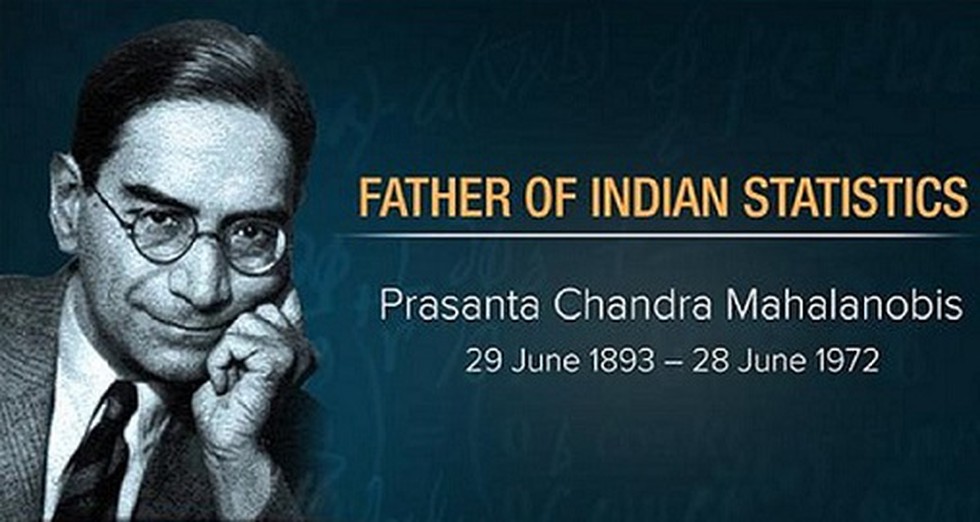Contribution of PC Mahalanonobis to Statistics:
- PC Mahalanonobis (1893 –1972) was an Indian scientist and applied statistician. He is referred to as the chief architect of Indian statistical system as well as father of statistical science in India.
- He established the Indian Statistical Institute (ISI) in 1931 in Kolkata. The institute founded the journal Sankhya, along the lines of Karl Pearson’s Biometrika. In 1959 it was made an autonomous body of Ministry of Statistics & Programme Implementation.
- Post-independence, he helped in the establishment of Central Statistical Organisation (CSO), the National Sample Survey (NSS) and the Annual Survey of Industries (ASI).
- His most important contributions are related to Large-Scale Sample Surveys. He introduced three key concepts to the theory and practice of sample surveys which are: Pilot surveys, Optimum survey design and Inter Penetrating Network of sub-samples technique (IPNS)
- He also advocated the usefulness of sampling methods. He was elected Chairman of the United Nations Sub-Commission on Statistical Sampling in 1947, and held this post until 1951.
- In 1936 he introduced a statistical measure named the Mahalanobis distance. It is widely used in cluster analysis and classification techniques.
- In 1926, he analysed 60 years’ data related to floods in Orissa, which led to the construction, after three decades, of the Hirakud dam on the Mahanadi.
- He was one of the members of the first Planning commission of free India. The Mahalanobis model, was employed in the Second Five Year Plan, which worked towards the rapid industrialisation of India.
